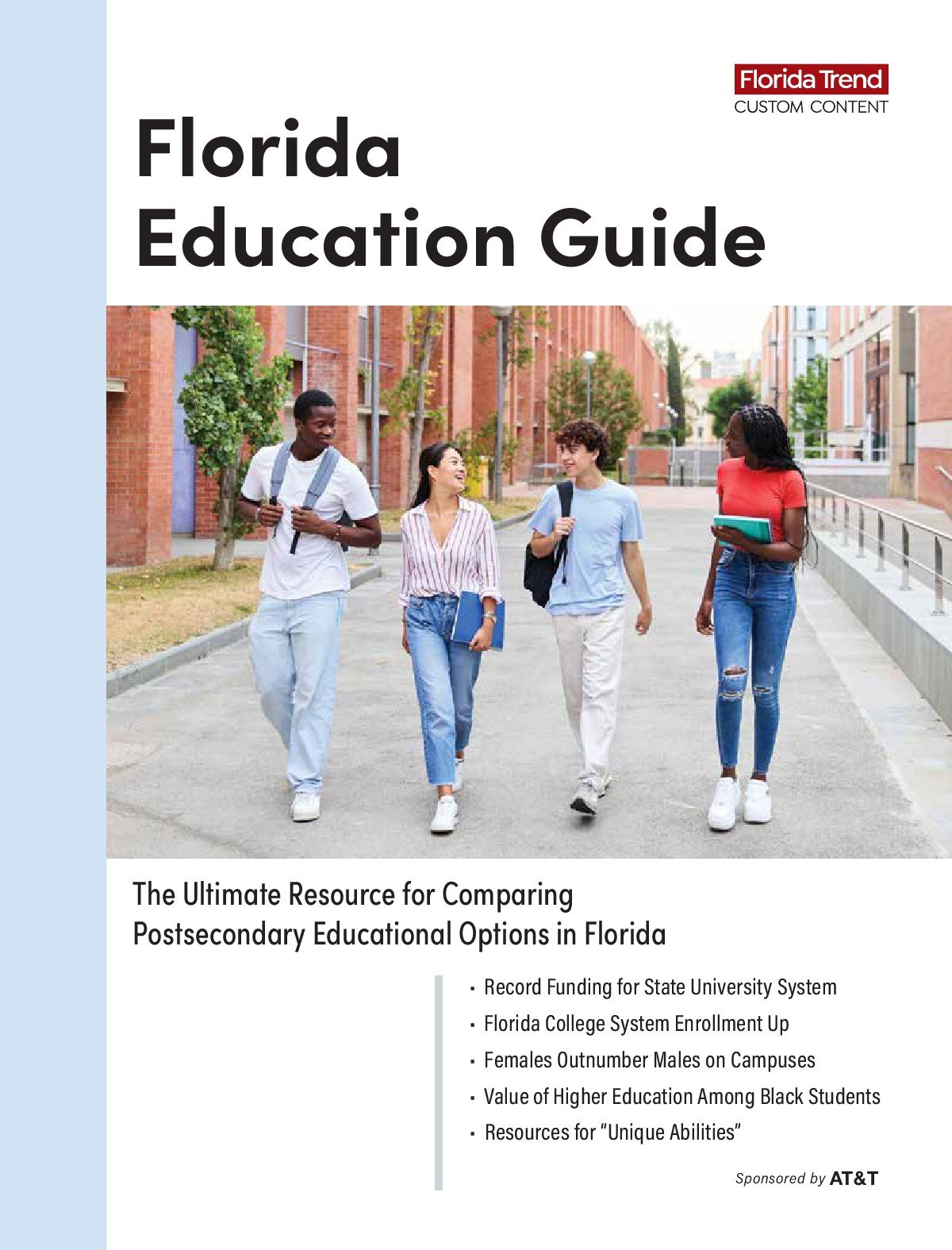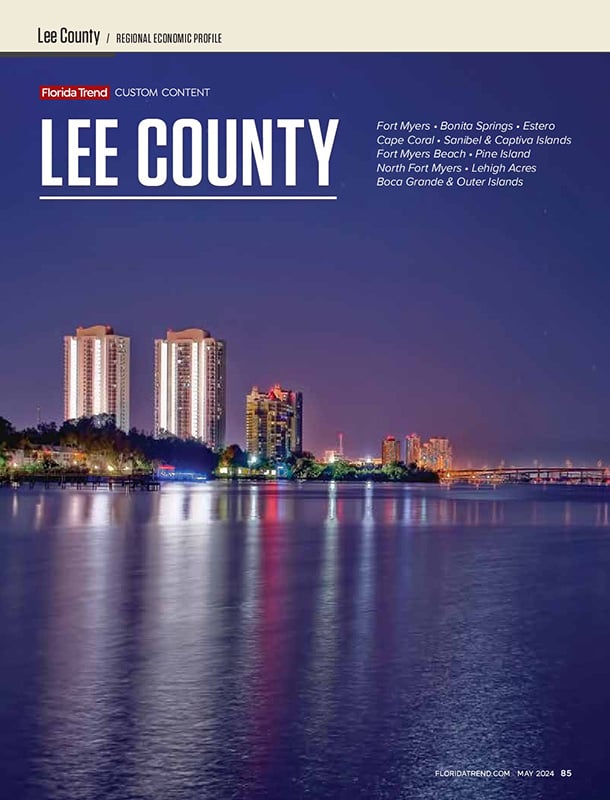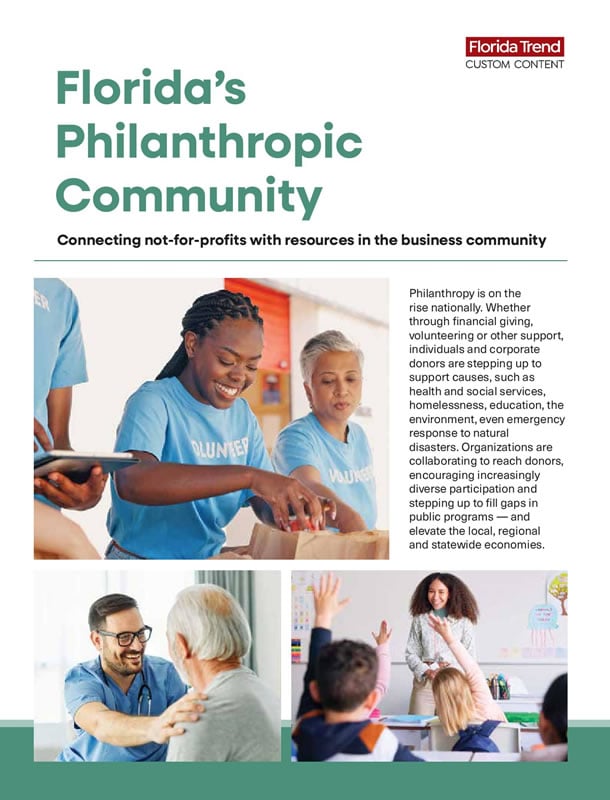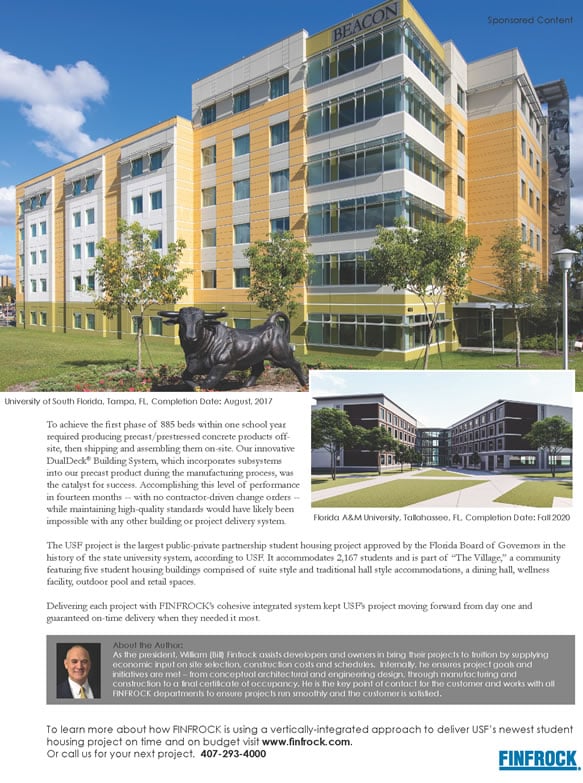"We determined that our customers were interested in two different kinds of golf, and this way we can satisfy each customer base," says John Gleeson, vice president and general manager of The Brooks, a development of Bonita Bay Properties. "These two segments are not distinguished by age or anything else - other than price and how deeply into golf they are. The two groups are not new, but bringing them together in one development is new in southwest Florida."
After years of sub-par performance earlier this decade [FT, "In The Rough," March 1997], Florida golf course developers appear to have finally found the green. By breaking out of the traditional private club approach - in which golfing homebuyers purchased an equity membership in the local golf course - developers can offer options to both the state's diverse golfing population as well as non-golfing buyers willing to pay a premium for a home with a golf course view.
As of mid October, there were 408 real estate-related golf facilities in Florida, up 7% from 380 in 1993, according to the National Golf Foundation in Jupiter. Public golf facilities linked with residential developments grew 18%, but similar private facilities decreased by 1%. Data on golf course communities planned or under construction - compiled by the author's real estate firm, Goodkin Research Corp. - indicate that the shift away from the high-end, private-club equity approach is ongoing in most parts of the state. Among the options: daily fee courses open to all golfers, semi-private courses open to members and non-members, quasi-private courses that permit resort guests, private-equity clubs unattached to residential communities and private clubs owned by the community's homeowners. Creating golfing options for homebuyers helps developers do a better job of differentiating their communities in the marketplace; the trade-off is that developers no longer can rely so heavily on club memberships to augment real estate profits.
Strong outlook
Golf's popularity is rising throughout the U.S., according to Lakeland golf course architect Ron Garl. "There's been an explosion of Generation Xers playing golf, while the baby boomers are getting ready for an active retirement. Today's golf facilities relate to the entire family, and the sport has never been healthier."
With the new variety of golfing options in the marketplace, Florida's golf course developers look forward to their strongest growth in a decade. "Golf is as important now as it was 10 years ago, but the structure of golf has changed," says Jim Motta, president and CEO of Arvida. "There is a trend toward more semi-private golf courses now. People are willing to pay for good golf, but don't necessarily want to buy memberships or own the course."
Arvida, the long-time Florida residential developer, is back in the golfing business following its acquisition by Jacksonville-based St. Joe Co., the largest private landowner in Florida, with much of its property in north Florida. Now, Arvida is planning several new golfing communities - with assorted membership options - in the Panhandle and other projects in Tallahassee, Jacksonville and Orlando. "St. Joe gave us the opportunity to do large master-planned communities with recreational amenities," Motta says. "We will be opening a number of different golf courses in Florida in the next 18 months."
Many other residential developers seeking to establish a foothold in Florida's retirement and preretirement markets are targeting golfers, either directly with on-site golfing amenities or indirectly by building relationships with nearby semi-private or daily-fee courses. For instance, Pennsylvania homebuilder Toll Brothers is developing its first Florida golf course community - the private-equity membership Mizner Country Club in Delray Beach - after years of building homes in other developers Florida golf projects.
Palm Beach County, one of the state's golfing strongholds, provides an excellent example of the new diversity of approaches. Golf Digest plans a daily-fee facility within a gated community in North Palm Beach. The nearby master-planned Abacoa community includes a high-quality golf facility along with its neotraditional town center design. And Jack Nicklaus is involved in the exclusive 70-home Bear's Club project at Frenchman's Creek, offering equity memberships.
Private clubs still common
Many regions in Florida still have lots of private golf clubs. "They have not gone out of style, particularly in south Florida," says Rick Norton, vice president, National Golf Foundation. "A lot of that has to do with the appeal of gated communities and desire for privacy." In Broward and Miami-Dade counties, private clubs continue to dominate the market. WCI Communities recently began construction on a high-rise tower at Deering Bay Golf & Yacht Club in Coral Gables. Coscan Homes is ready to unveil Presidential Estates, a 173-home project in North Miami Beach built around a Tom Fazio reconstruction of a 37-year-old course.
Naples has long been known for expensive private golf clubs in high-end residential communities. "Naples and north Naples have become the real market leaders in terms of pricing in Florida, with equity members selling for up to $160,000," says Dennis Hillier, president, Hillier & Associates, a Boca Raton consulting firm.
Equity memberships are $38,000 at West Bay Club, a 1,121-home community in Estero between Naples and Fort Myers. "We expect about 50% of buyers will be golfers," says Frank Weed, senior vice president, Atlantic Gulf Communities Corp. "In most markets, 35% to 40% of buyers will purchase memberships, but in the Naples area it's higher."
In southwest Florida, golf clubs are on the way that are unattached to real estate, allowing them to draw members from throughout the region. "There are a lot of people in Naples who own two or three memberships," says David Fry, senior vice president, amenities, for WCI in Bonita Springs. "They may live in one community and have memberships elsewhere." At WCI's 1,200-home Pelican Sound community in Bonita Springs, a golf membership is included in the home price, while 600-home Tiburon in Naples features a Greg Norman-designed course. Equity memberships are $70,000 at Tiburon, which will include a 295-room Ritz Carlton and a Rick Smith Golf Academy.
Daily-fee courses, on the other hand, are popular in central Florida, the Panhandle and other parts of the state with relatively inexpensive retirement communities. Among the amenities at the master-planned development Lakewood Ranch in Sarasota County is Legacy Golf Club, a daily-fee course designed by Arnold Palmer, no membership required.
Orlando, with its high percentage of tourists, is another stronghold of daily-fee play. "Country clubs generally don't seem to work very well in Orlando because it's such a resort market," says Hillier. "Housing in Orlando is employment driven, so only the upper echelon of executives can own country club properties." Even Alaqua Lakes, a new luxury development in the northwest suburbs, has opted for a semi-private golf club with an emphasis on daily-fee golfers.
World Golf Village
Undoubtedly, Florida's biggest development is World Golf Village, 30 miles south of Jacksonville, which opened in May with the World Golf Hall of Fame, an IMAX theater, St. Johns County Convention Center, a 300-room resort hotel and the 400-villa timeshare Vistana Resort, along with the "Slammer and the Squire" golf course named after player consultants Sam Snead and Gene Sarazen. A second course, the "King and the Bear," honoring Arnold Palmer and Jack Nicklaus, is under development. "We are at the very beginning of the process," says Dave Auchter, communications manager, World Golf Village. Ultimately, 7,200 homes will be built on the 6,300-acre property.
World Golf Village is also having a spillover effect, boosting home sales in Palm Coast, 25 miles to the south. "It's attracted a lot of attention to this area," says Kevin Roberts, managing director, Lowe Palm Coast Inc., whose developments include Ocean Hammock and Palm Coast Resort, which will have 600 homes, a 154-room resort hotel and four courses. "We have a non-equity membership program that's been popular with our buyers, who include a high percentage of retirees," says Roberts. "They can have a home course and still play our other courses."
Wherever you go in Florida, roughly four of every 10 courses are residential real-estate related, according to Norton. "That ratio hasn't changed a lot in the past ten years. In Florida, you see golf development where there is population growth."
Considering golf's importance to Florida's economy - with 1,130 courses the state has more than any other in the U.S. - the current strength of the market bodes well for Florida's economic health. As long as developers continue to address the evolving demand from golf-oriented homebuyers - and credit conditions don't tighten - the next few years are likely to see a much greater level of development than in the earlier 1990s. "Golf is still an important draw in bringing people to Florida," says Roberts. "Our state has a very symbiotic relationship between golf and real estate."












